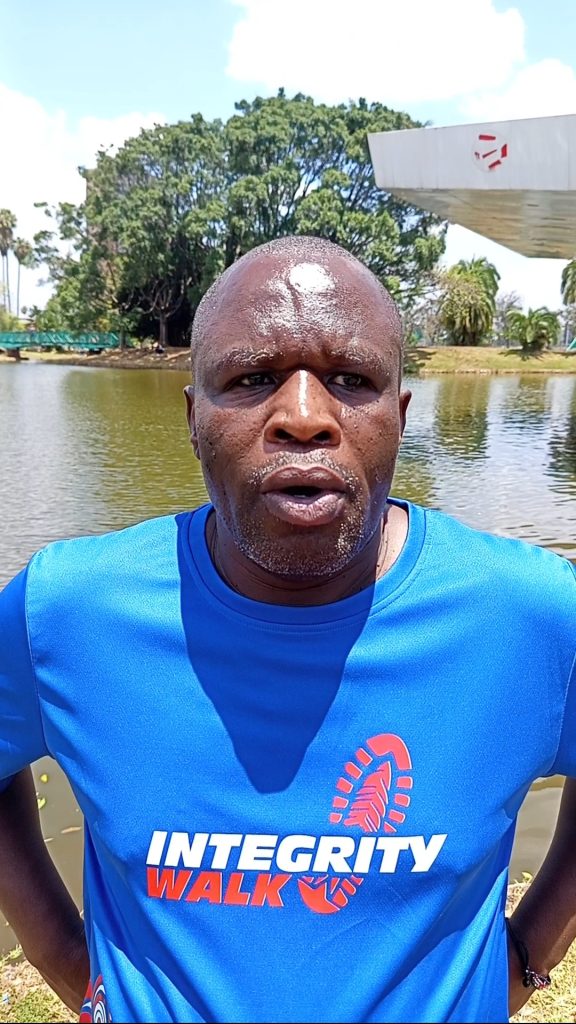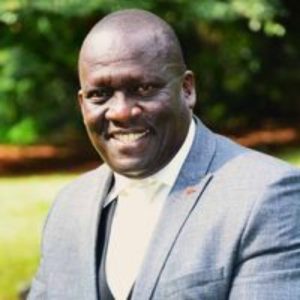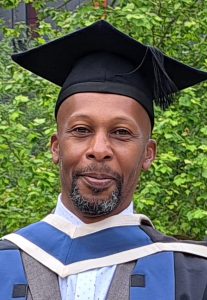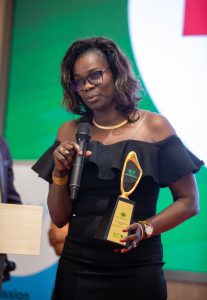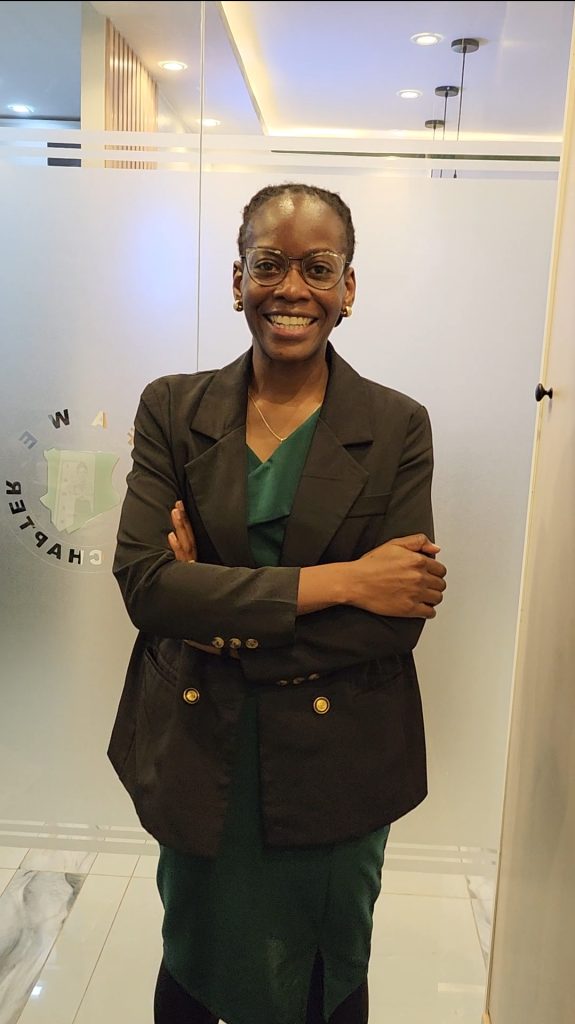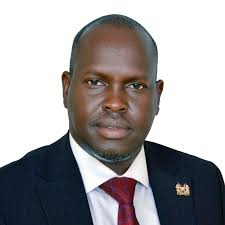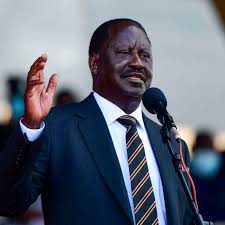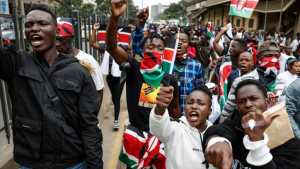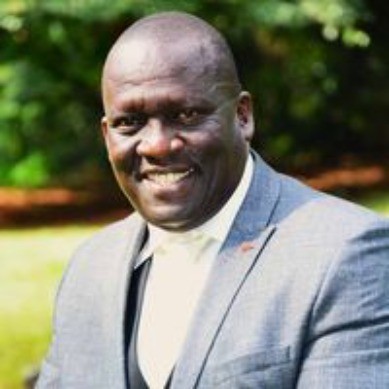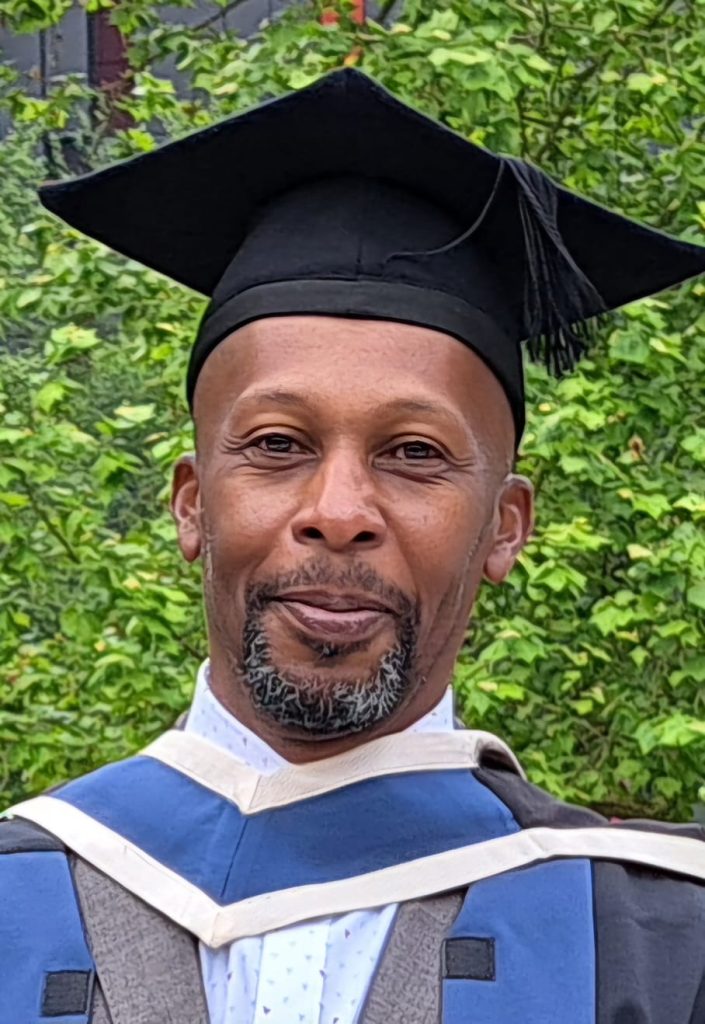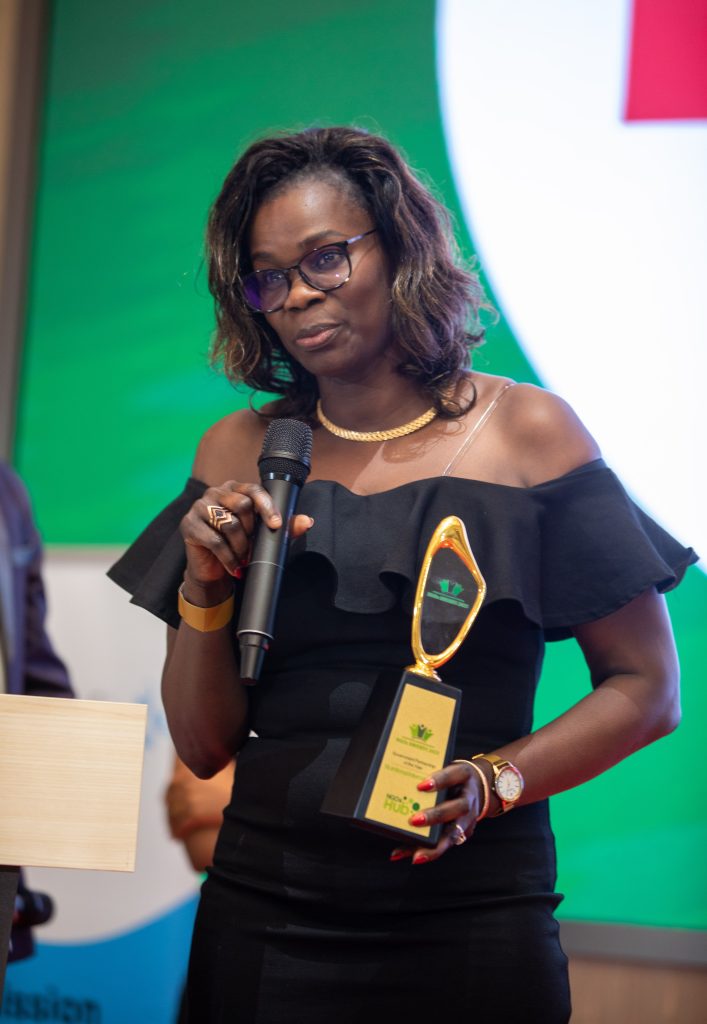By Wahome Ngatia
The Kenya Human Rights Commission (KHRC) has formally pledged to place young people at the heart of its next decade of work — both as decision-makers and as the visible face of its renewed vision. During the launch of its ten-year strategic plan and unveiling of its new office complex in Lavington, KHRC welcomed a cohort of vibrant youth activists — locally known and rising in their fields — signalling its intention to work closely with young human-rights defenders over the next ten years to ensure sustained continuity and impact.
“We will focus on young people as key players in human rights and governance,” said Cornelius Oduor, the organisation’s Deputy Executive Director. “We will also support marginalised groups including women, stateless persons, refugees and other victims of injustice.”
A youth-shaped turn
Kenya is unmistakably a youthful country: over 50 % of Kenyans are aged under 25, and a significant portion of its population is within the 15-24 year group. This presents both an opportunity and a challenge for rights-based organisations. Young Kenyans are increasingly digitally connected — in January 2023, 59.1 % of the country’s internet-users used at least one social media platform.
Moreover, the youth are no longer passive recipients: they are active voices in social and political life. Digital activism, especially across platforms such as TikTok, Instagram and X (formerly Twitter), has enabled young people to mobilise, educate and shape public discourse. KHRC’s decision to centre youth in its next phase is therefore timely, aligning with these trends.
Young activists in the lead
At the launch event, KHRC deliberately invited young activists who already have visibility and agency — recognising that authenticity and voice matter. By making these young people the “face” of its new vision, the commission signals a shift: from engaging youth as beneficiaries, to partnering with youth as leaders. This shift has practical implications: decision-making spaces, board representation, programming design, and public communications will need to recalibrate to truly include youth voices.
KHRC also emphasised its intention to work with youth who use their social channels to educate the public — on issues such as voting, legislative processes and public policy debates in Parliament. This reflects how digital platforms have become key battlegrounds for rights and governance in Kenya’s evolving democracy.
The inclusion mandate
KHRC’s vision goes beyond youth alone. “We will also support marginalised groups including women, stateless persons, refugees and others facing injustice,” Oduor affirmed. That commitment matters: while youth activism is rising, many young people from marginalised communities remain excluded — whether due to gender, citizenship status, disability or location.
According to Afrobarometer, Kenyan youth (aged 18-35) face critical gaps in economic opportunities and governance outcomes: 43 % say they are looking for work (vs 23-32 % of older cohorts), and 60 % say they would prefer to start their own business rather than work in government. By integrating these realities into its youth-centric programming, KHRC positions itself to bridge agency and access.
Why this matters
With youth comprising nearly a third of Kenya’s population, and with youth unemployment and under-employment remaining high, the stakes are immense. For example, the Federation of Kenya Employers reports that youth (aged 15-34) form 35 % of Kenya’s population but account for up to 67 % of the unemployed. In this context, an NGO’s decision to centre youth isn’t just good optics — it aligns with demographic and civic realities.
Meanwhile, the digital era has transformed mobilisation and advocacy: protests, legislative campaigns and rights-based education are increasingly driven online. Kenya’s youth have demonstrated how social media can amplify civic voice and accountability pressure. KHRC’s strategy of collaborating with youth who already operate in those digital spaces reflects an understanding of the modern rights-ecosystem.
What to watch – and what it will take
KHRC’s ambition is laudable, yet the execution will matter. To truly shift from youth-as-beneficiaries to youth-as-leaders, several practical considerations will need attention:
- Meaningful representation: Youth need seats at decision-making tables — not as tokens, but as trusted stakeholders.
- Capacity-building and resources: If youth activists are to lead, KHRC must invest in mentoring, skills development and supportive infrastructure.
- Bridging digital and offline divides: Digital activism is powerful — but not all young people are online, especially in rural or marginalised communities. KHRC’s programs must include offline outreach.
- Ensuring inclusion: Youth cannot be treated as a monolith. Intersectional vulnerabilities (gender, disability, statelessness) must be factored into youth-programming.
- Sustainability of engagement: A ten-year vision demands that youth leadership pipelines are institutionalised, not reliant purely on charismatic individuals.
In conclusion
KHRC’s new focus on youth leadership and digital partnerships is both strategic and timely. By placing young, vibrant defenders at the helm, and acknowledging the power of social platforms in rights advocacy, the Commission is repositioning itself for the next decade of change. But the proof will lie in how deeply youth participate in governance, how broadly marginalized voices are included, and how sustained the engagement becomes beyond launch events.
For Kenyan youth, this may mark a moment of transition: from observers of change to architects of it. For KHRC, it is an opportunity to re-wire its relevance for a new generation and a shifting rights landscape. If executed well, it could become a blueprint for others.

